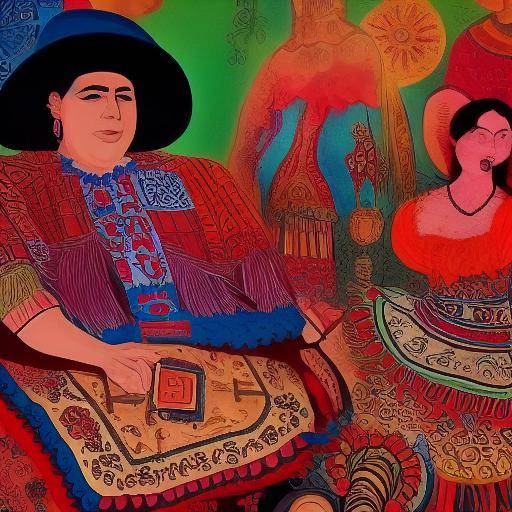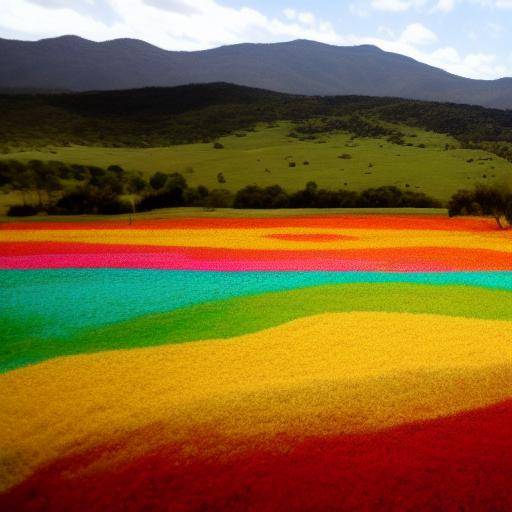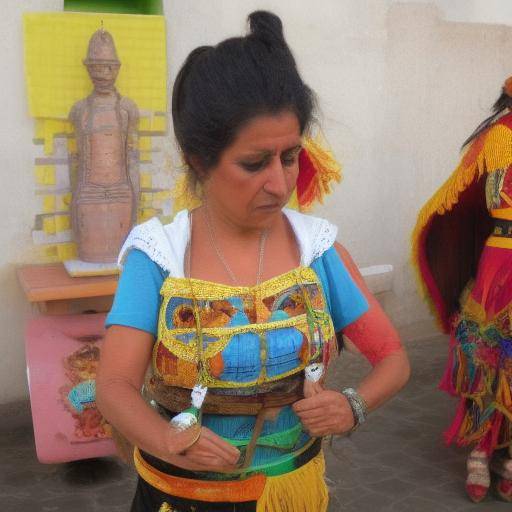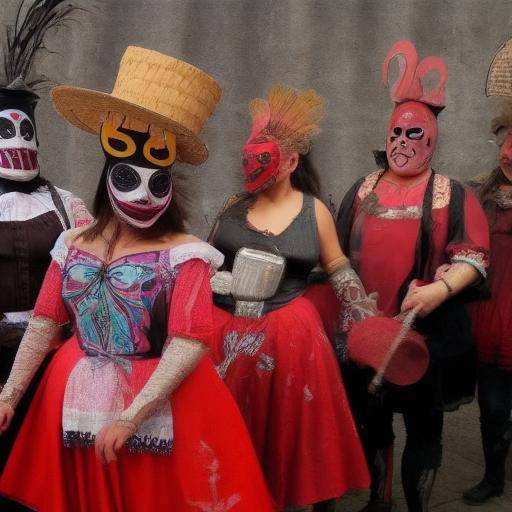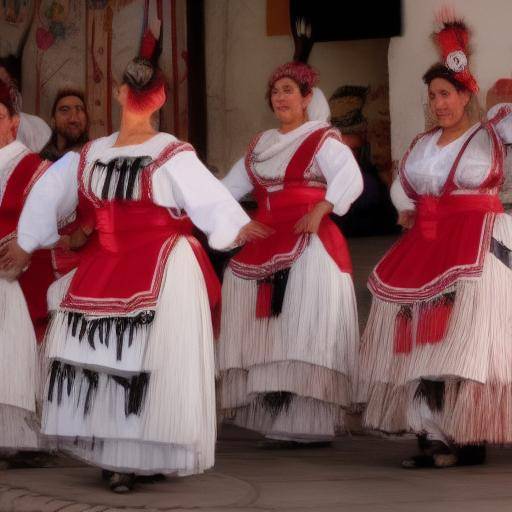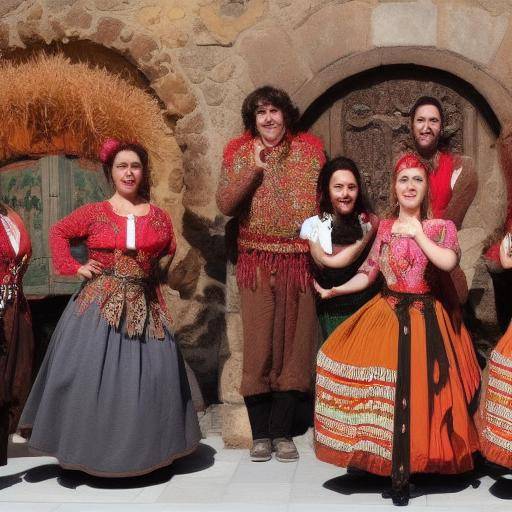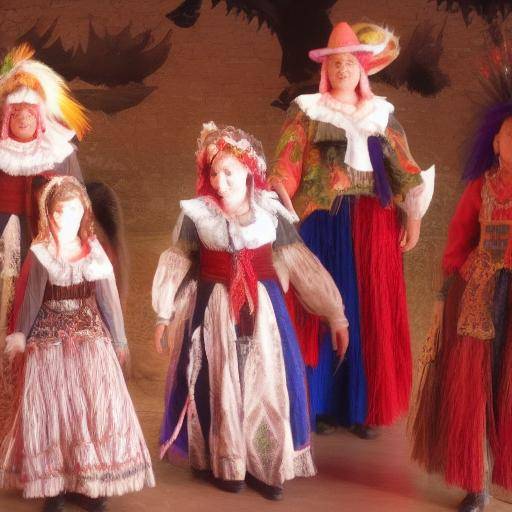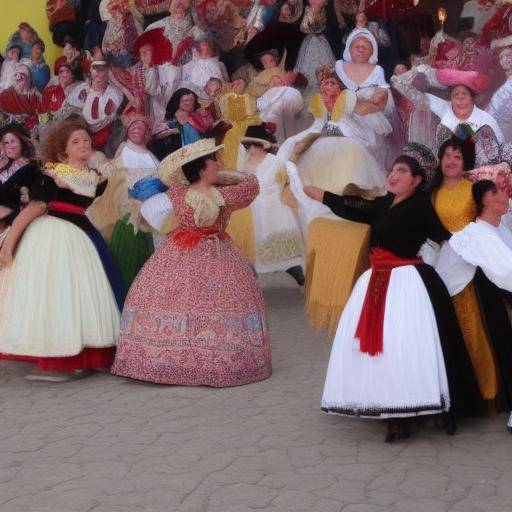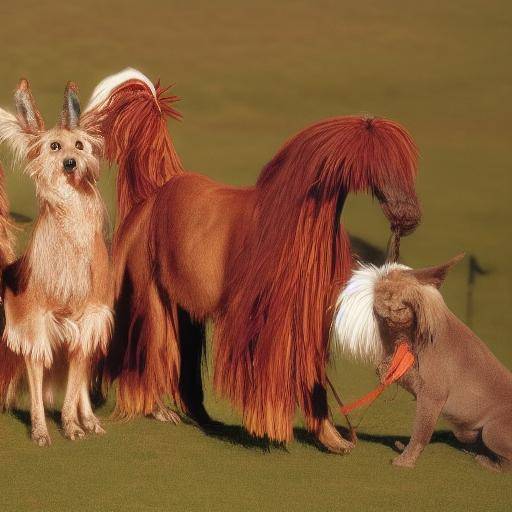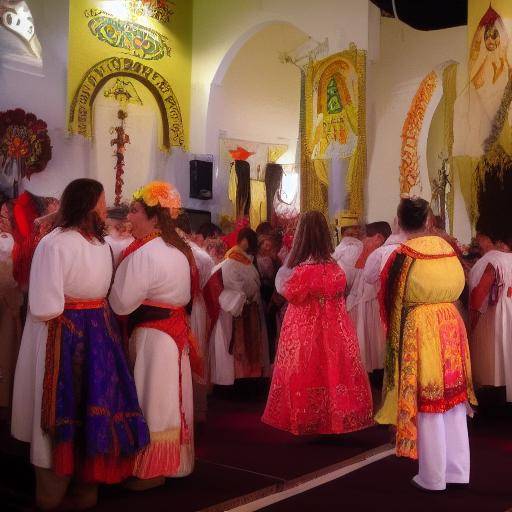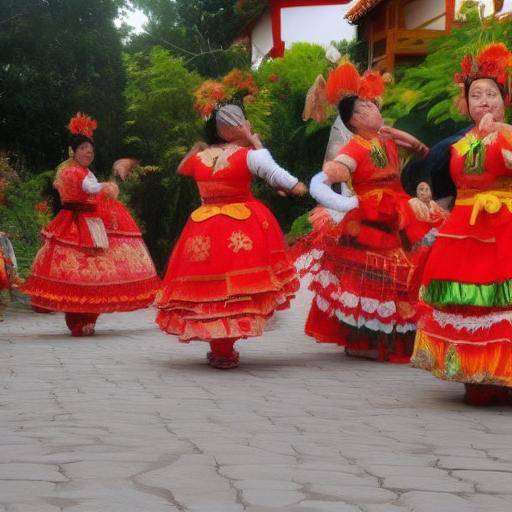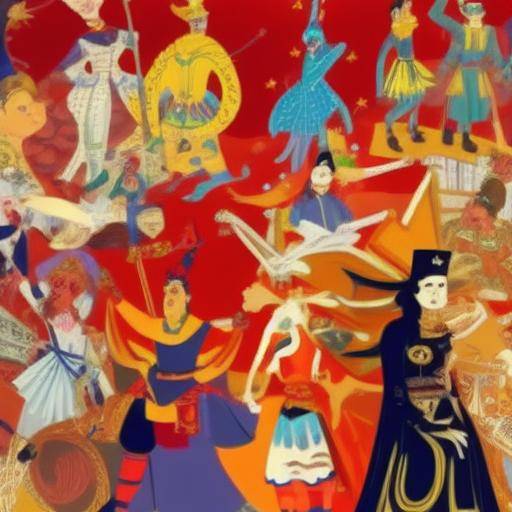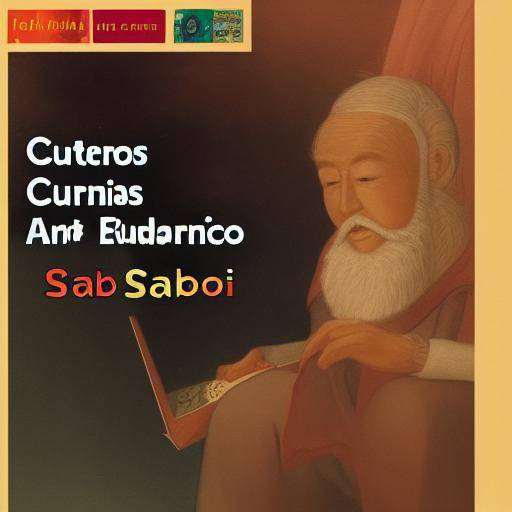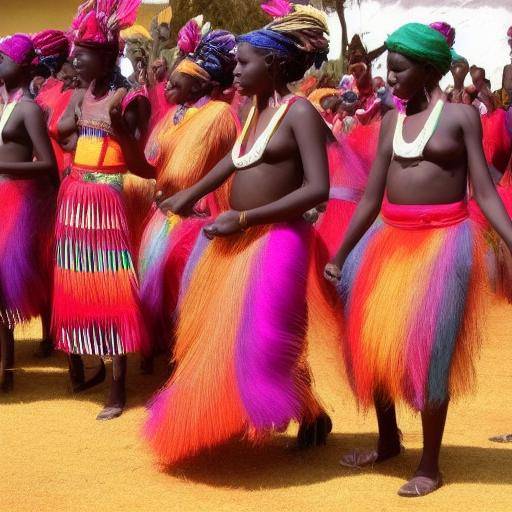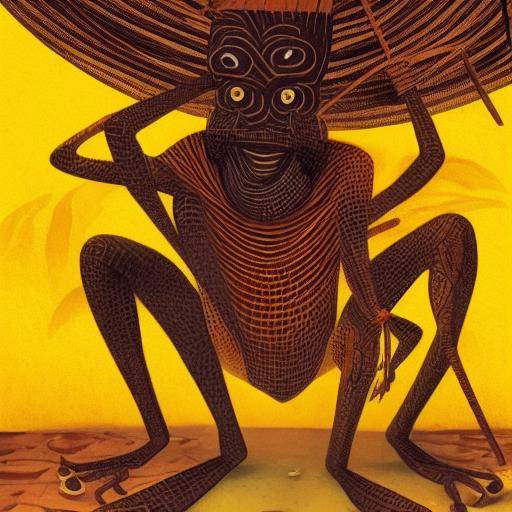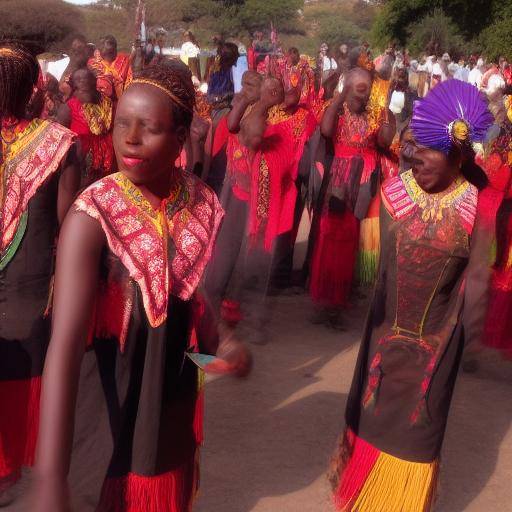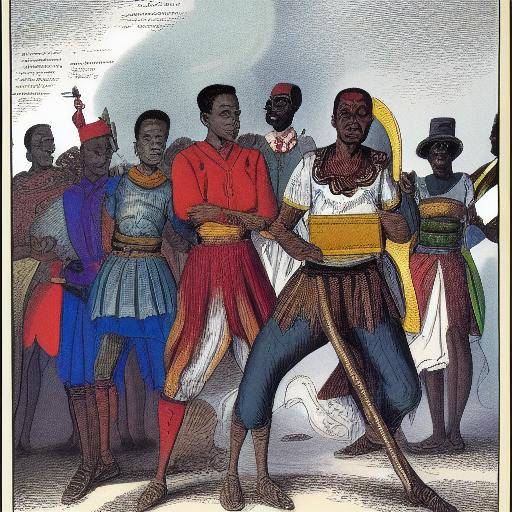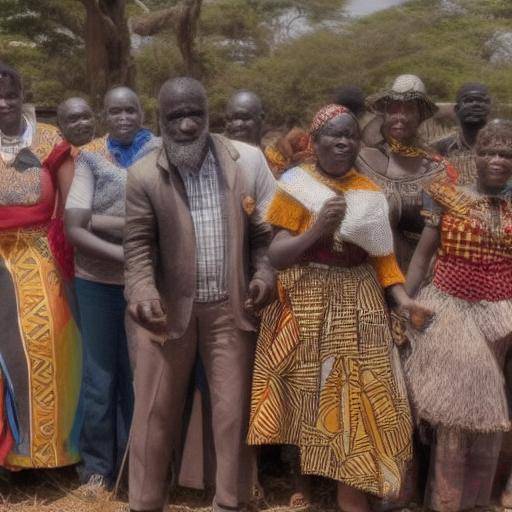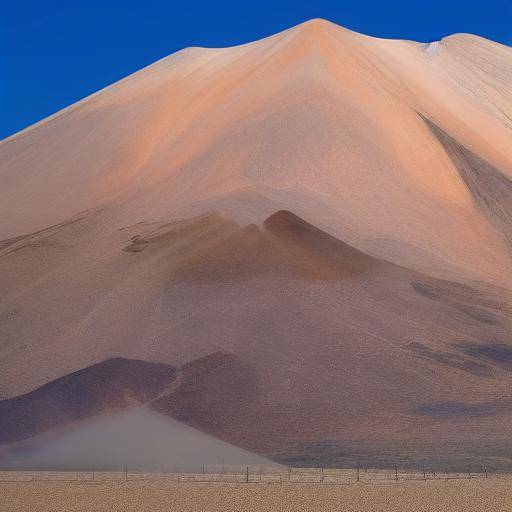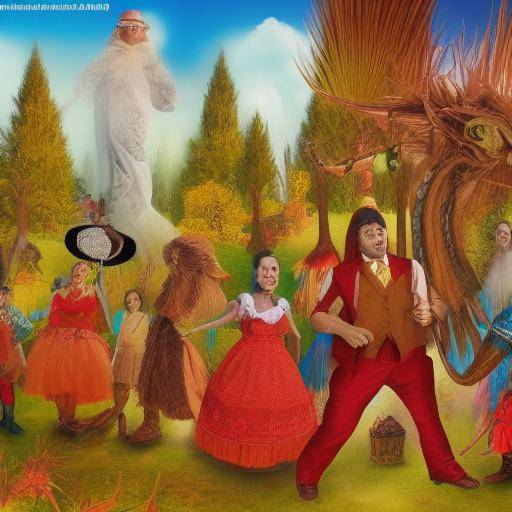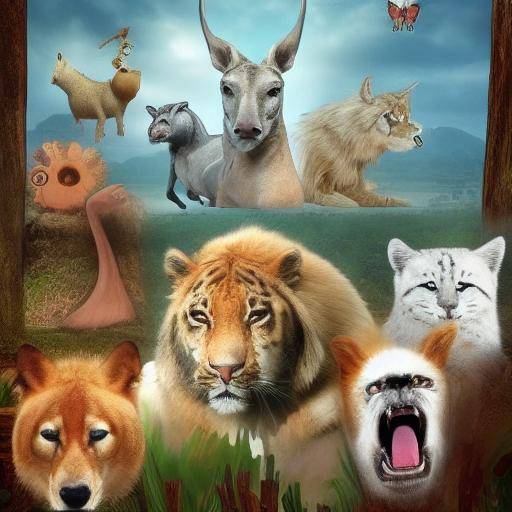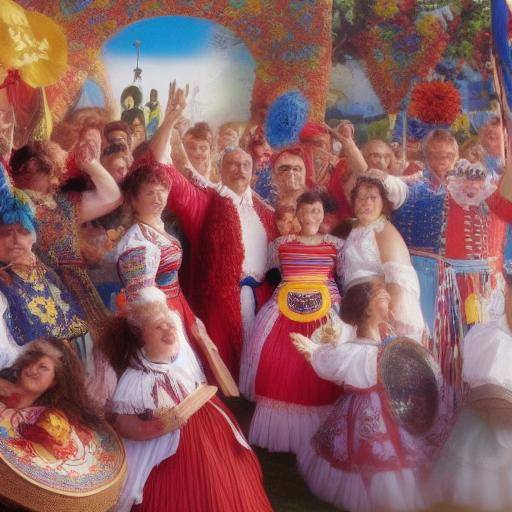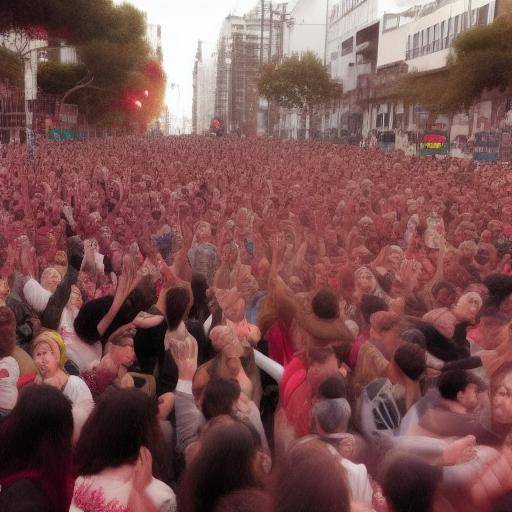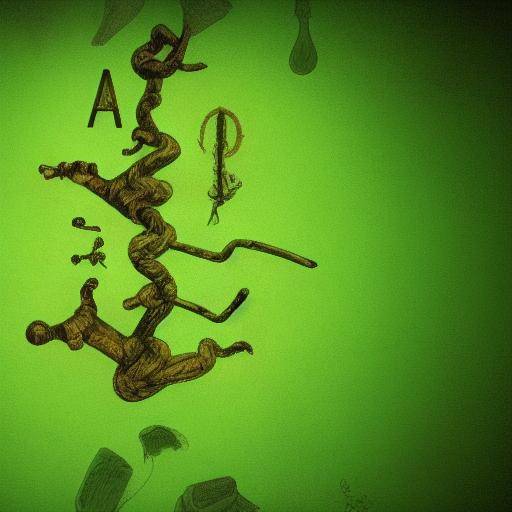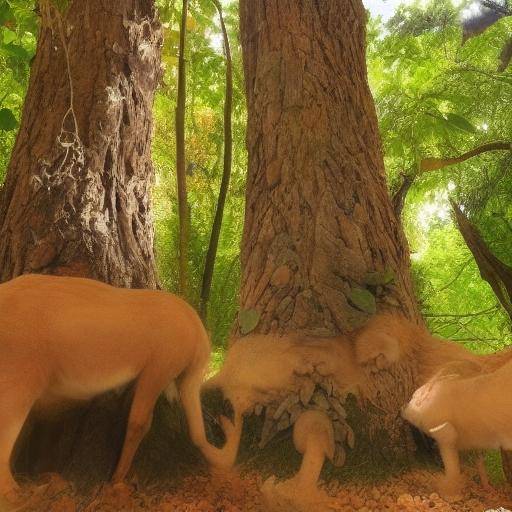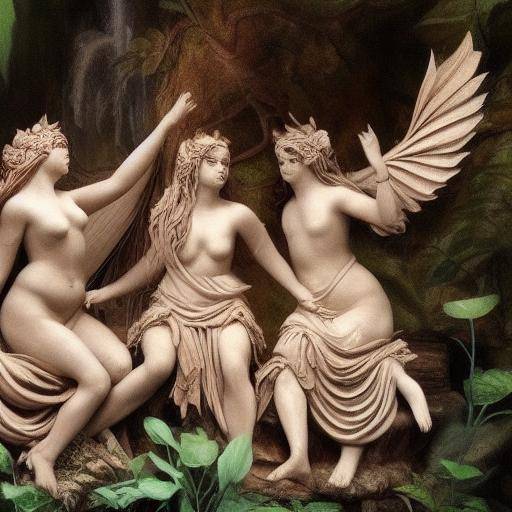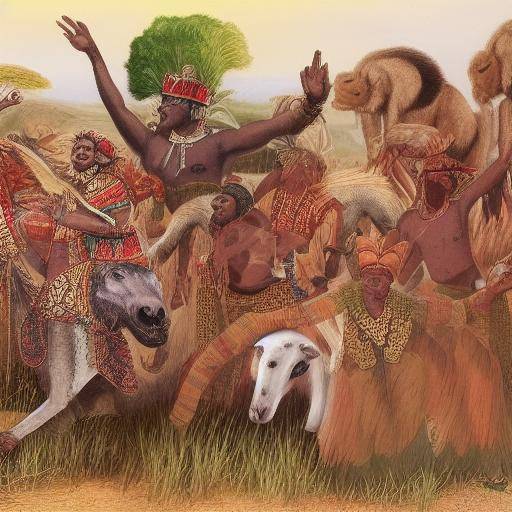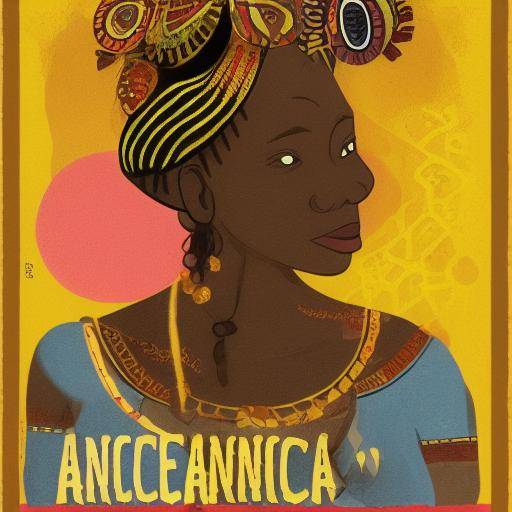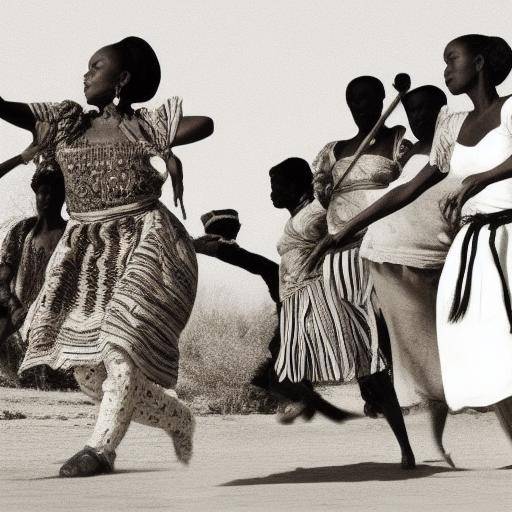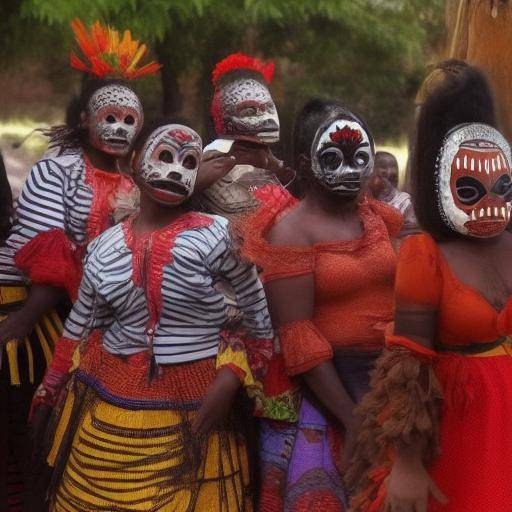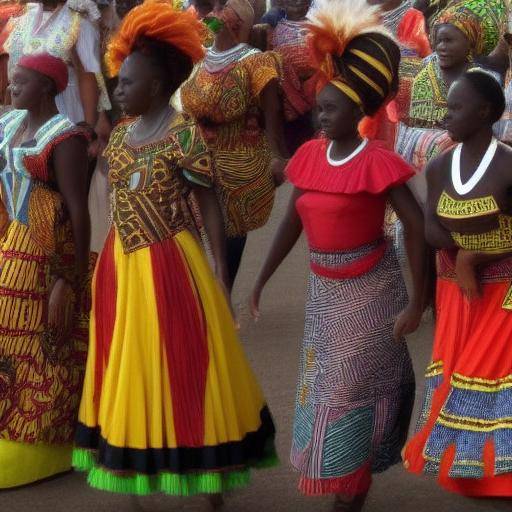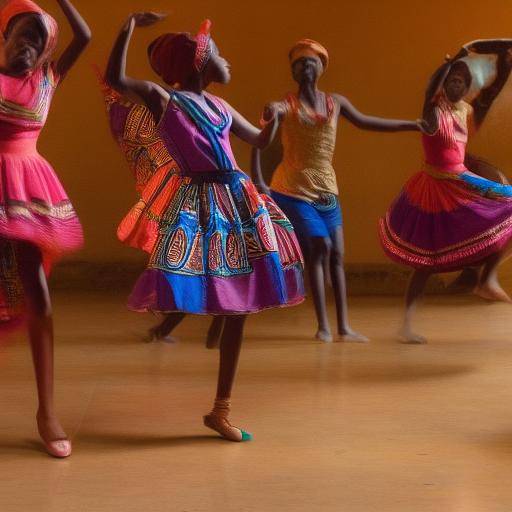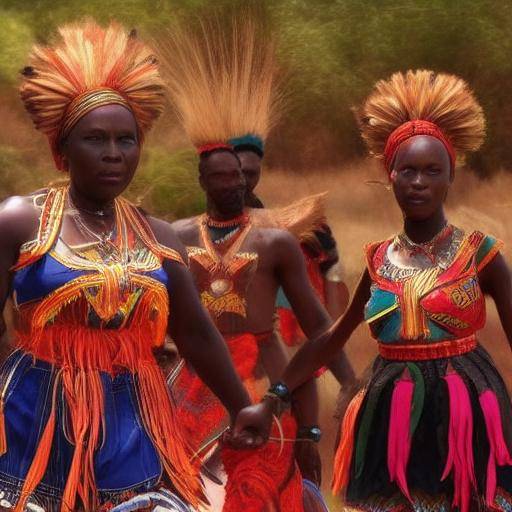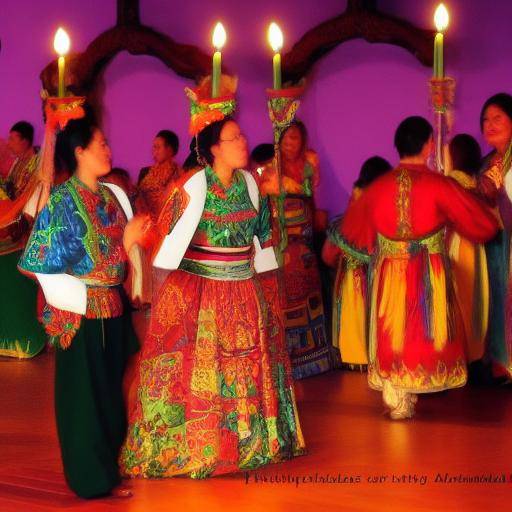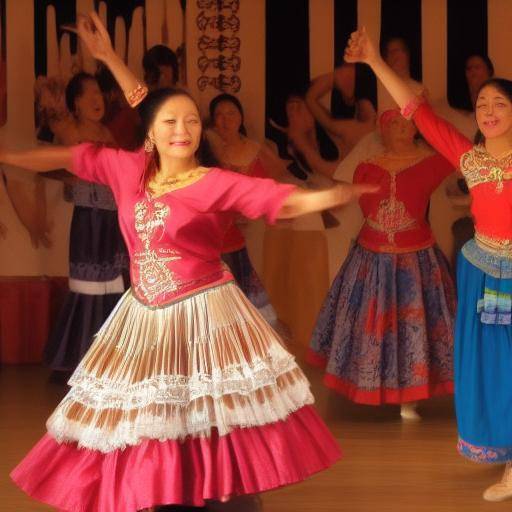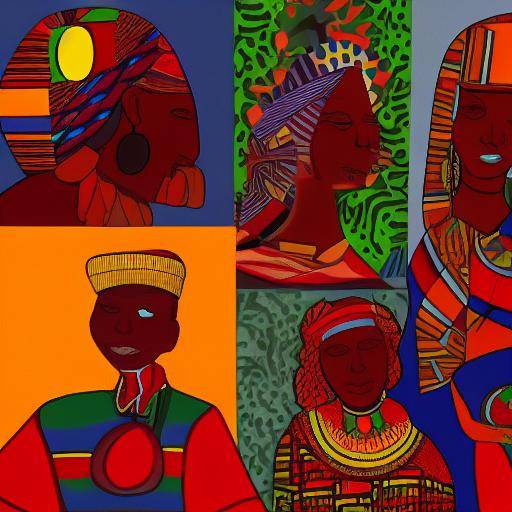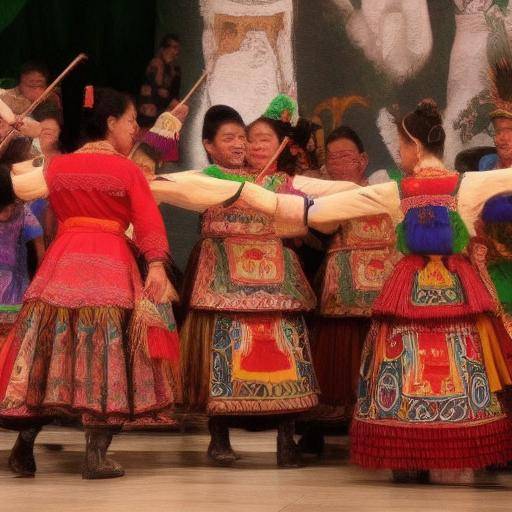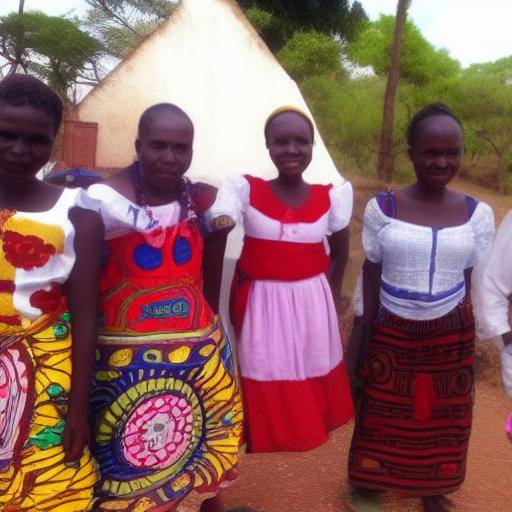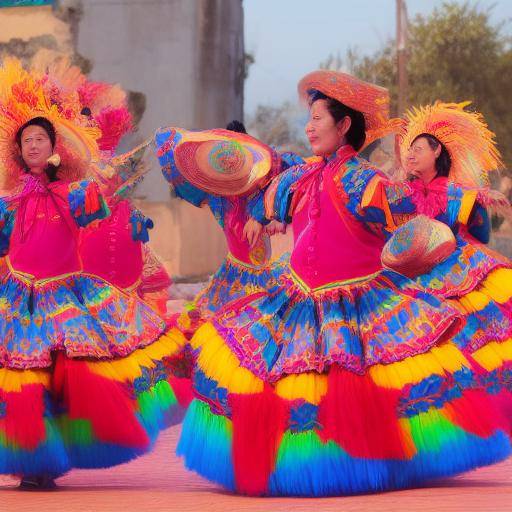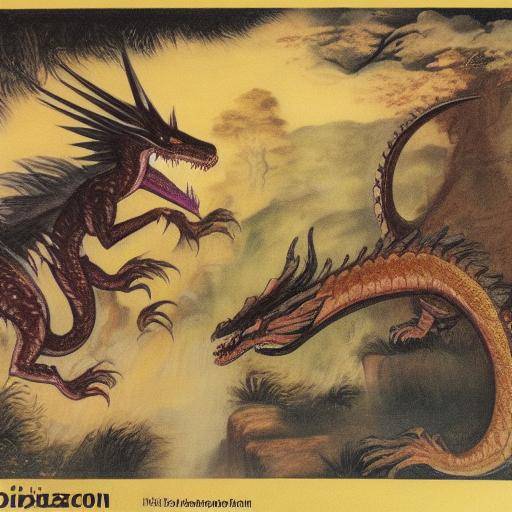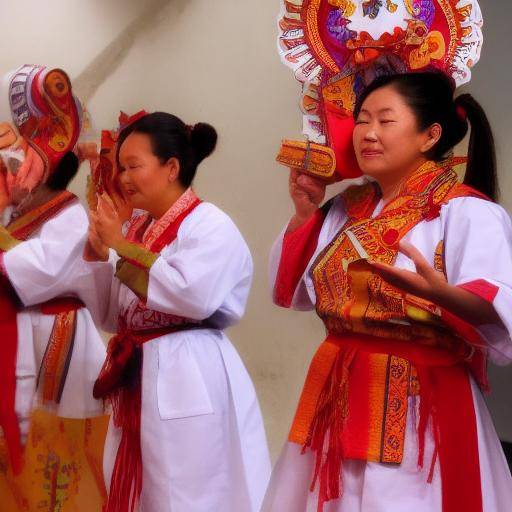
Latin American folklore is full of deities and spirits that form part of the beliefs, traditions and mythologies of the diverse cultures of the region. These supernatural entities have been a source of inspiration and wonder, permeating the daily lives of many communities. In this article, we will explore the Latin American deities, the spirits and the rich folklore that surrounds them, offering a complete and exciting view of these fascinating figures.
Introduction
Latin American folklore is a treasure of beliefs rooted in the collective imagination of its peoples. The deities and spirits that emerge from this tradition have been transmitted from generation to generation, enriching the cultural identity of the region. In this article, we will immerse ourselves in the universe of Latin American deities, explore the presence of the spirits in the popular imaginary and discover the richness of the folklore that surrounds them. Throughout this journey, we will unravel your stories, meanings and contemporary applications, offering a profound and meaningful understanding of these mystical entities. Join us on this fascinating journey!
History and background
Latin American folklore is the product of a rich amalgam of indigenous, African, European and Asian influences that intertwined over the centuries. The roots of Latin American deities go back to ancient pre-Columbian civilizations, such as Aztecs, Mayas, Incas and many other indigenous cultures that worshiped gods such as Quetzalcóatl, Huitzilopochtli, Inti, among others.
With the arrival of the European colonizers, these deities merged with the figures of the Catholic pantheon, giving rise to new religious expressions in which the indigenous deities were camouflaged under the appearance of Christian saints. This religious syncretism gave rise to practices such as the worship of the Virgin of Guadalupe in Mexico or the veneration of the Pachamama in the Andes.
In-depth Analysis
The Latin American deities, the spirits and the folklore that surround them have transcended their historical context to become fundamental elements of the cultural identity of the region. At present, these entities continue to exert a significant influence on the daily lives of many communities, nourishing imaginary, festive traditions and spiritual practices.
Within the vast universe of Latin American folklore, deities and spirits occupy a prominent place as guardians of nature, protectors of peoples and mediators between the earthly and spiritual world. His presence is manifested in rituals, festivities, ceremonies and healing practices, where his favor and protection are sought.
Comparative Analysis
When we compare the Latin American deities, the spirits and the folklore that surrounds them, we can appreciate both similarities and differences between the different cultural manifestations of the region. While each community has its own deities and spirits, it is possible to identify common patterns in beliefs and practices that cross the cultural diversity of Latin America.
Latin American deities are often closely related to nature and life cycles, reflecting the intimate connection that many cultures have with their environment. For their part, the spirits occupy an ambiguous place between the material and the spiritual world, acting as intermediaries between human beings and supernatural forces. The folklore that surrounds these entities encompasses a wide variety of narratives, legends, rituals and customs that enrich the cultural heritage of the region.
Practical Tips and Actionable Advice
If you want to delve into the study of Latin American deities, spirits and folkloreque surrounds them, we recommend you to explore the works of anthropologists, historians and scholars of Latin American folklore, as well as immerse yourself in oral traditions and artistic manifestations that keep alive the memory of these mystical entities. In addition, participating in traditional festivities and rituals can give you an immersive experience to understand more deeply the relevance of these deities and spirits in the daily lives of Latin American communities.
Industry Insights and Expert Opinions
According to experts in Latin American folklore, the study of the deities, spirits and folklore of the region is fundamental to understand the worldview of the originating cultures and their relationship with nature. It also highlights the importance of preserving and assessing these beliefs as immaterial cultural heritage, recognizing their significance in building collective identities and their influence on the configuration of the social and spiritual reality of Latin America.
Conclusion
In conclusion, the Latin American deities, the spirits and the rich folklore that envelops them constitute an invaluable cultural legacy that has endured over time, enriching the identity of Latin America. In exploring these mystical entities, we not only enter a world of wonders and mysteries, but also connect with the very essence of civilizations that have forged the cultural crucible of the region. Let us continue to explore, respect and honor these ancestral beliefs that remain valid in the heart and soul of Latin America.
FAQs
What are some of the most outstanding Latin American deities?
Answer:
Among the most outstanding Latin American deities are Quetzalcóatl, Tezcatlipoca, Inti, Pachamama, Chaac, Ixchel, among others. Each represents specific aspects of nature, fertility, war, agriculture, among others, and has been venerated by different cultures of the region.
What is the difference between deities and spirits in Latin American folklore?
Answer:
Deities are usually divine and supreme entities, associated with the creation and government of the universe, while spirits are supernatural entities of character closer to humans, acting as intermediaries between the earthly world and the spiritual world.
In what festivities or ceremonies do Latin American deities and spirits worship?
Answer:
The most common festivities are usually related to agricultural cycles, planting and harvesting times, as well as religious festivities that combine pre-Columbian traditions with Catholicism, such as the celebration of Pachamama in the Andes or the festivities dedicated to water deities in the coastal communities.
How has religious syncretism influenced the representation of Latin American deities?
Answer:
Religious syncretism has led to the integration of pre-Columbian deities into Catholic iconography and devotion, allowing indigenous communities to preserve their ancestral beliefs through Christian figures. This phenomenon has permeated religious practices and festivities, enriching regional folklore.
What is the current relevance of deities and spirits in Latin American society?
Answer:
Despite social and cultural changes, deities and spirits remain fundamental elements in the worldview and spiritual practices of many Latin American communities. His influence is manifested in rituals, festivities, healing ceremonies and in relation to nature, maintaining a significant presence in the collective imagination.
How is the study of deities and spirits addressed today?
Answer:
Today, the study of deities and spirits in Latin American folklore is approached from various disciplines, such as anthropology, ethnography, history and sociology. Researchers conduct comparative studies, analyze primary sources, collect oral accounts and participate in traditional festivities to understand the relevance of these entities in contemporary society.
Concluding, the Latin American deities, the spirits and the folklore that surrounds them constitute a fascinating universe of beliefs and stories that have endured over the centuries, enriching the cultural identity of Latin America. Their study and understanding bring us closer to the very essence of civilizations that have forged the diversity and wealth of the region, inviting us to reflect on the transcendence of these entities in the soul of the continent.

